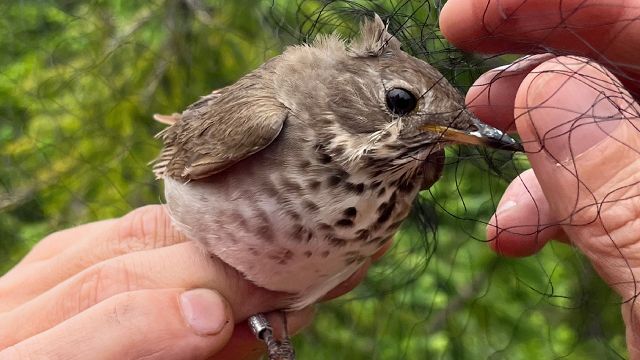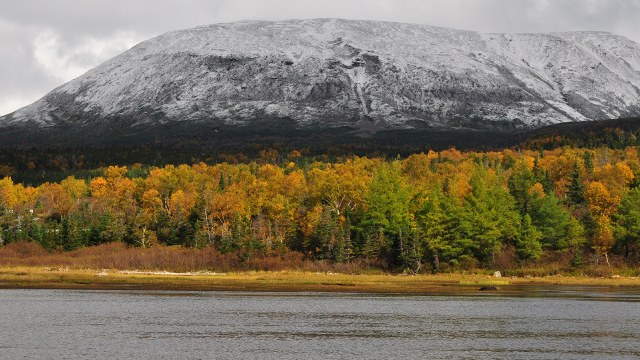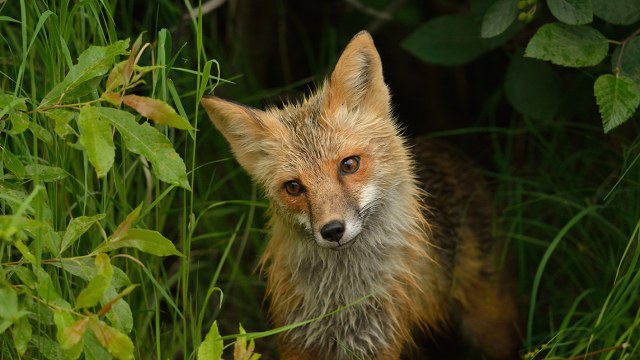
Nature and science
Gros Morne National Park

Conservation

Environment

Wildlife

Spruce Budworm
Gros Morne National Park of Canada represents and protects the ecological integrity of two of Canada’s ecoregions: the Western Newfoundland Highlands and the St. Lawrence Lowlands. The park was designated as a UNESCO World Heritage Site in 1987 because of its exceptional natural beauty and because it protects geological formations that represent outstanding examples of major stages in the Earth’s evolution. Park visitors can explore a variety of ecosystems, including boreal forest, arctic-alpine barrens, wetlands, freshwater lakes, rivers, and coastlines. They can also visit important geological formations such as the Tablelands, Green Point, Green Gardens, and Western Brook Pond. Parks Canada staff carry out a range of ecosystem research and monitoring programs in the park. These programs support science-based management and decision making to ensure the park’s ecological integrity is maintained.
- Date modified :